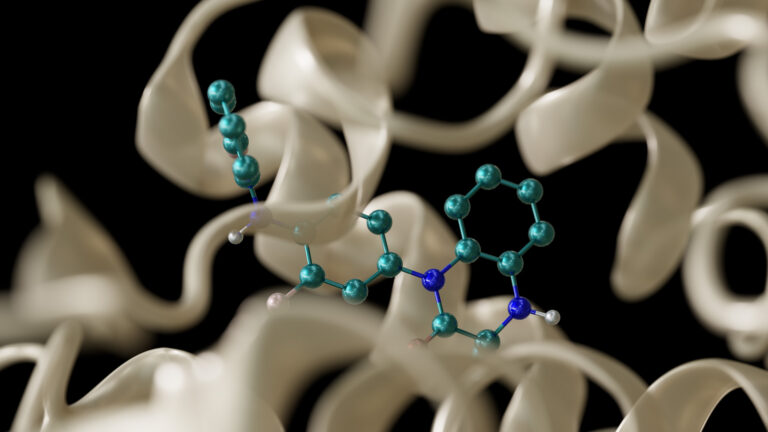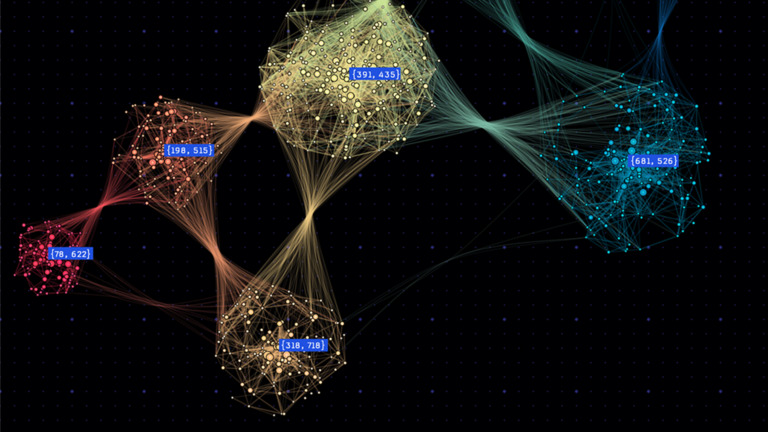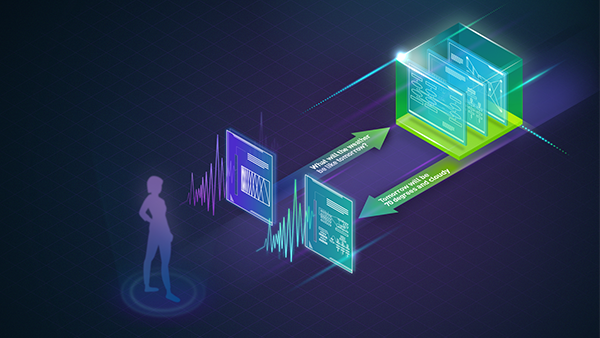 Pharmaceutical research demands fast, efficient simulations to predict how molecules interact, speeding up drug discovery. Jiqun Tu, a senior developer…
Pharmaceutical research demands fast, efficient simulations to predict how molecules interact, speeding up drug discovery. Jiqun Tu, a senior developer…
Pharmaceutical research demands fast, efficient simulations to predict how molecules interact, speeding up drug discovery. Jiqun Tu, a senior developer technology engineer at NVIDIA, and Ellery Russell, tech lead for the Desmond engine at Schrödinger, explore advanced GPU optimization techniques designed to accelerate molecular dynamics simulations. In this NVIDIA GTC 2024 session…

 In the field of automotive vehicle software development, more large-scale AI models are being integrated into autonomous vehicles. The models range from vision…
In the field of automotive vehicle software development, more large-scale AI models are being integrated into autonomous vehicles. The models range from vision… NetworkX accelerated by NVIDIA cuGraph is a newly released backend co-developed with the NetworkX team. NVIDIA cuGraph provides GPU acceleration for popular…
NetworkX accelerated by NVIDIA cuGraph is a newly released backend co-developed with the NetworkX team. NVIDIA cuGraph provides GPU acceleration for popular… The Automated Audio Captioning task centers around generating natural language descriptions from audio inputs. Given the distinct modalities between the input…
The Automated Audio Captioning task centers around generating natural language descriptions from audio inputs. Given the distinct modalities between the input…